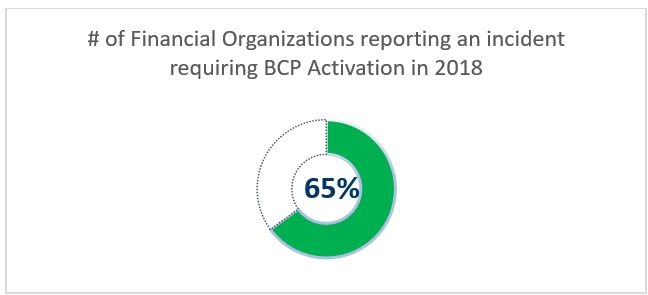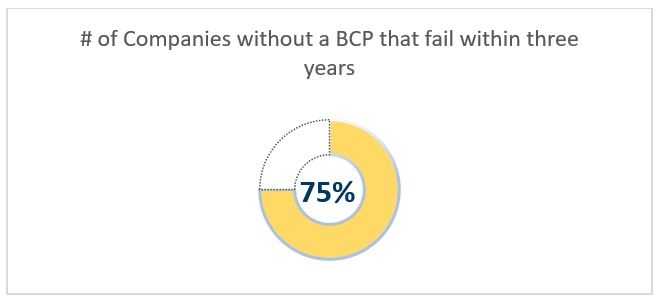|
| |
New ArticleBack in 2019 just before the year folds its wings upon us, in a small city in the east side of China called Wuhan. The first case of COVID-19 was reported among a group of staff in the city’s largest livestock and wholesale food market, and were admitted to the hospital with severe respiratory illness. Further investigations revealed that this was caused by a certain strain of a virus which later was found out to have an ecological origin from animals, presumably bats.By the time the WHO declared the outbreak a Public Health Emergency of International Concern on 30January 2020, and a pandemic on 11 March 2020, many countries were either still in a state of denial or had not yet processed the fast-paced evolving situation. Little did the world know that in a couple of months, this virus would sweep the whole world infecting more than 150 Million people and claiming close to 4 Million lives at the time of this article and setting itself on the list as one of the worst pandemics. Countries, governments, businesses, hospitals and all organizations scrambled to fend off the vicious intruder that turned their whole financial, physiological, psychological, and social state upside down. It is now almost 17 months down the road with double and triple variants and continuous virus mutation. The battle is not over yet but hanging on to an accelerated worldwide mass vaccination campaign to ease the situation. As we look at COVID-19 pandemic’s aftermath at this point of time, from a macro or micro level studies show that each individual country or organization was impacted in a different way. Among the varying factors for the differences, one thing that always stood out as a key determinant in the battle, was the state of Readiness & Resilience of each country or each business. Covid-19 or pandemics in general are not the only disruptive events, every single day there are many disruptive events affecting many organizations around the world, from natural disasters, power outages, cyber attacks, terrorist attacks, technology failure, geopolitical issues, regulatory changes, and the endless list of disruptive events goes on, yet the single main factor in weathering and surviving those events has always been the state of readiness and resilience. We cannot completely avoid these events, but we certainly can avoid or at least minimize their implications through robust Business Continuity and Disaster Recovery Planning. Investing in building a robust Business Continuity Plan will determine an organization's ability to maintain essential functions during and after a disaster has occurred. It establishes dynamic risk management processes and procedures that aim to prevent interruptions to mission-critical services and re-establish full function to the organization as quickly and smoothly as possible. Throughout my career in the field, I came across 3 types or organizations: the one with no or little business continuity plans, the one with business continuity plans but unfortunately outdated, and the one with active, lively, and dynamic business continuity plans, and you guessed it, the last type is the only one most likely to survive disruptive events. In fact, a recent study revealed that 75 percent of companies without a BCP fail within three years of a disaster and an estimated 25 percent of businesses do not reopen at all following a major disaster. When the COVID-19 situation escalated rapidly, organizations were left with no choice but to temporarily close their offices down to avoid viral spread, and to move almost all their staff to manage their operations from their own home. This wasn’t a smooth transition for many organizations, in fact, it was a struggle for many who have not planned and were not prepared for such disruption were not able to resume their operations for substantial time, until they brought in the technology and the capabilities that enabled them to transition. It comes as no surprise the financial, operational and reputational implications they have endured during that time until they were able to resume their business and   Now, I don’t know about you but growing up in the Risk Management field, I sometimes tend to lean more towards Murphy's law and believe that "whatever can go wrong, will go wrong", not wearing a pessimistic hat but more of expecting and preparing for what could go wrong and only advance planning, preparation and investing in building readiness and resilience in both business process and staff training and awareness will determine how your organization will weather any of the endless disruptive events, I do always see BCM is not an expense, it’s an investment in near- and long-term business performance.  Eslam Eldakrory Director, Business Continuity Management – Home Trust Company Toronto, Canada With over 17 years of local and international exposure in different roles in Business Continuity and Enterprise Risk Management, Eslam currently leads the Business Continuity Management at Home Trust Company where he designs, monitors, and manages the Business Continuity Management program, Eslam’s core focus is to ensure both corporate resilience and emergency response preparedness are effectively embedded into business process, functions and teams in order to successfully and seamlessly navigate through emergencies and various critical business disruption events. | |
| DRIE Toronto Digest - Vol 30 June 2021 |